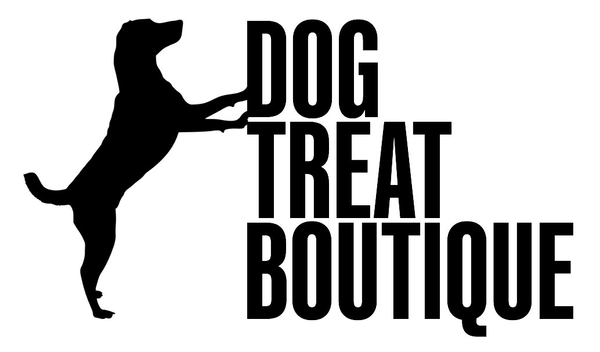When considering the general health condition of a dog, it is important to note that there is no single symptom or sign that validates good health or indicates ill health. It is important to be aware of deviations from normal behaviour, as well as regularly checking for common symptoms of risk factors.
Indicative health checks
Satisfying the following checks is indicative of a dog which is in general good health:
· A healthy dog should have a good appetite, be eating as per their normal routine and drinking regularly.
· A healthy dog should be urinating regularly according to their normal routine.
· Stools should be firm and easy to pick up but not hard. Occasional runny stools are not unusual but should not be too often, they should also not be too dark or too light when no diet changes have been put in place. Any sign of blood in the faeces should be investigated by a vet. A heathy dog will normally produce stools two to three times per day.
· A dog’s coat should have a good shine to it with the dead hair removed. The fur should be smooth, not brittle, broken or greasy. The fur should smell good even if it hasn’t recently been washed. A strong odour may indicate an issue, for example, parasites, dry skin, hot spots. The skin should be smooth, supple and bounce back quickly when pinched, it should not be dry or flaky, with no bald patches.
· Whatever the normal energy level of the dog it should always be energetic and willing to exercise, they should also not have a problem getting up when lying down.
· A healthy dog will have clear, bright eyes with no signs of being cloudy. The pupils should be reactive to light and of equal size. The sclera should be white (not pink or red) and the cornea, the pupil and the iris should be clearly visible. A little discharge can be normal but should not be yellow or green and without excessive watering.
· Depending on the breed of the dog their nails may need regular attention to prevent discomfort or injury. The nails should not be too long or broken. The pads on the feet should be healthy and smooth – cracked or dry pads may indicate nutrient deficiency issues.
· Ears should be clean with no build-up of wax, odour, redness or swelling. Excessive head tilting, scratching, anxiety or aggressiveness may indicate a problem is present.
· In a healthy dog the nose can be wet or dry but should not be cracked, feature sores or have any discharge.
· On a body condition scale range 1-5 a healthy dog should be a 3. You should be able to feel the ribs and spine without them protruding too much and you should be able to see a waist when looking from above in front of the back legs. From the side the tummy should tuck up between the chest and back legs.
· The dog’s teeth should be white with no sign of plaque or tartar build up.
· Healthy gums should be pink or brown depending on the colour of the dog. They should not be dark red or yellow.
· The breath should not have a strong odour.
· A healthy dog should have no sign of inflammation or redness around the anus area.
· A healthy dog should be alert and responsive.
· The temperature of a healthy dog in a resting state should be somewhere in the region of 37.9 to 39.9 C or 100.2 to 103.8 F. Smaller dog’s temperature will be towards the higher end of the range and large dog’s will be at the lower end of the range.
· The pulse of a healthy dog in a resting state should be between 70 and 120 beats per minute (bpm). A larger dog’s bpm should be at the lower end of the scale and a smaller dog should be at the higher end of the scale.
Another important factor to the overall health of the dog is their mental welfare. As well as good physical health, a dog should also be mentally healthy, have a good temperament, not stressed, anxious or withdrawn. Symptoms which may indicate stress in a dog include excessive licking of paws, pacing, trembling, hiding, whimpering.
REFERENCES
1. BCCS (2019) ‘Unit One of the Accredited Canine Health and Nutrition Course’
2. Thatcher, Hand, Remillard (2010) ‘Small animal Clinical Nutrition: An iterative process’ [https://www.researchgate.net/publication/285841969_Small_animal_clinical_nutrition_An_iterative_process]
3. Arden (2004) ‘Book of Wellness and Preventive Care for Dogs’ - The Angell Memorial Animal Hospital

